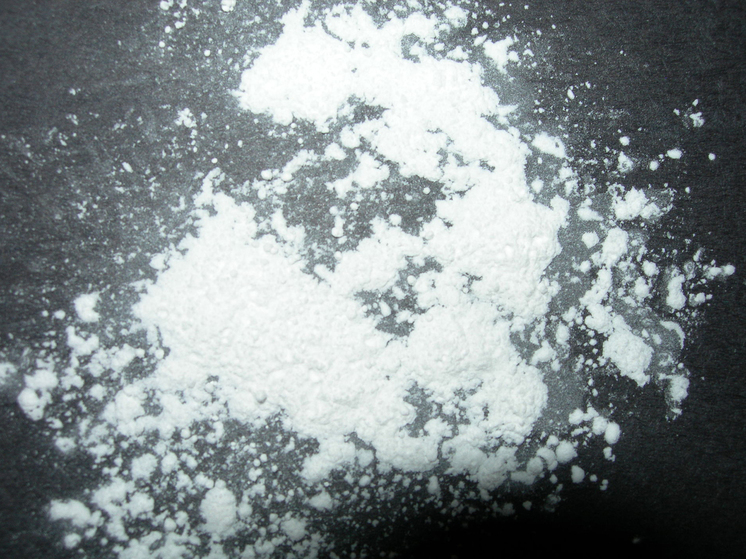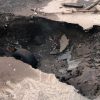The safety of talc has been questioned
The mineral talc, which consists primarily of hydrated magnesium silicate and has a high ability to absorb water, has historically been an important ingredient in the production of cosmetics and other pharmaceutical products. However, in recent years its safety has been called into question.

In July, the World Health Organization (WHO) declared talc “probably carcinogenic.” The classification was based on an assessment by the International Agency for Research on Cancer (IARC), carried out by a working group of 29 scientists from 13 countries in June 2024.
The study was published in the Lancet cancer journal, and in 2025 IARC plans to publish a special monograph.
IARC is a specialized agency of WHO. IARC was founded in 1965 in Lyon, its main purpose is to coordinate and conduct research into the causes of cancer and develop scientific strategies for prevention.
Taking into account the approved classification and after careful review of available studies, the IARC working group declared talc carcinogenic to humans.
This designation is based on a combination of limited data obtained in humans, sufficient data obtained in experimental animals, and convincing mechanistic evidence (focused on underlying biological, physical, or chemical mechanisms) that talc exhibits key characteristics of carcinogens in primary human cells and experimental systems.
Over the past few years, numerous studies have identified a possible link between perineal talcum powder exposure and ovarian cancer. However, in 2019, the American Cancer Society stated that most cases have no clearly identified cause. At that time, two hypotheses were put forward.
The first indicated that the tissue damage and subsequent ovarian repair that occurs during each ovulation may increase the risk due to genetic replication errors during this repair process. This type of cancer can be caused by fluctuations in the levels of hormones produced by the body as a whole, or by persistently elevated levels of certain sex hormones.
Although a woman's likelihood of developing epithelial ovarian cancer can be influenced by a wide range of factors — as we will see below — it is estimated that up to 20 percent of cases are due to hereditary diseases, while the remaining 80 percent are due to idiopathic causes (that is, of unknown origin) .
The main risk factors are aging, a long menstrual period (beginning menstruation before age 12 or reaching menopause after age 52), obesity, use of postmenopausal hormone therapy, family history of ovarian cancer, colorectal cancer, or breast cancer and a personal history of breast cancer.
Keep in mind that cosmetic talc is currently found in baby powders, feminine hygiene products, antiperspirants, deodorants, creams, hair care products, lip products lipsticks, shampoos, shaving products, wound ointments, foot powders and sunscreens. It is even used in medicine, such as in pleurodesis, a procedure for treating malignant pleural effusions. Due to the frequent use of a variety of talc, society expects a review of public health policies at European and global levels regarding this product.























































Свежие комментарии